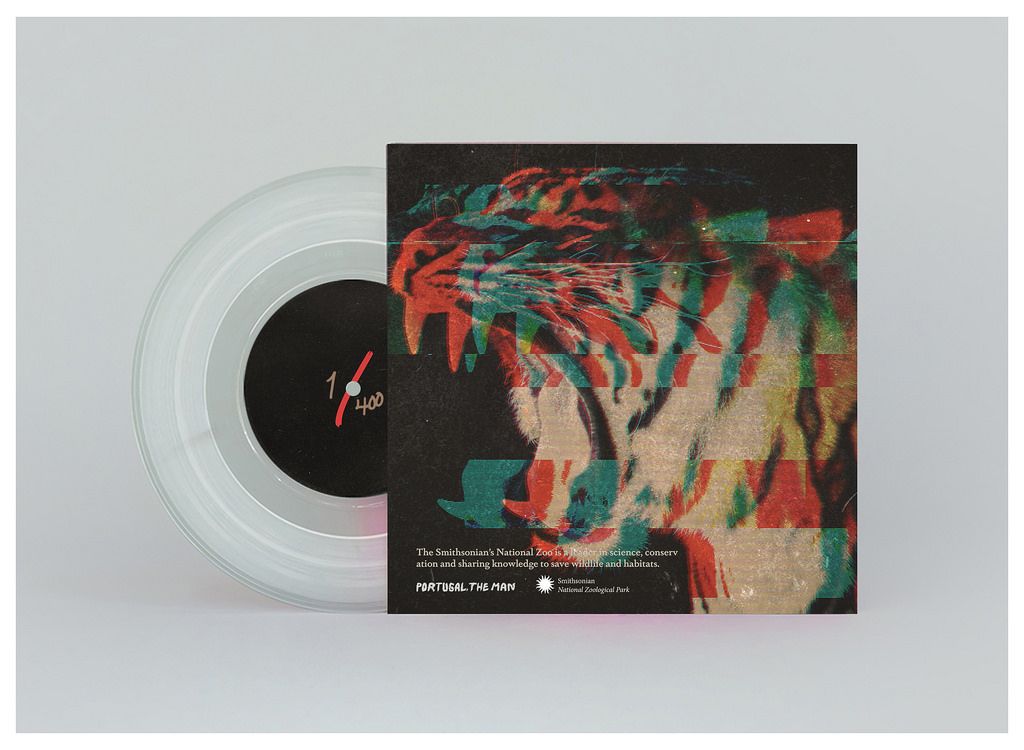This Song (And This Tiger) Will Go Extinct Unless We Save It
Smithsonian magazine editor Michael Caruso is among the 400 influencers asked to protect and save the “Endangered Song”
/https://tf-cmsv2-smithsonianmag-media.s3.amazonaws.com/filer/c9/99/c9996adf-19dc-4dab-b5a6-8c6ed4b6ee7e/sumatrantiger.jpg)
Sumatran tigers (Panthera tigris ssp. sumatrae) are more than a rare breed; they're almost extinct. An estimated 400 of these animals still inhabit the wilds of Indonesia, and that number is only expected to drop with threats from poaching and habitat destruction. Scientists have predicted that the beautiful beasts, which are listed as critically endangered on the IUCN's Red List, may go extinct in the next 30 years. (Its relatives the Bali tiger and the Java tiger have already suffered that fate.)
Announced on Earth Day, a new initiative from the Smithsonian's National Zoo and Conservation Biology Institute hopes to raise awareness about the plight of these magestic animals. The Zoo teamed up with Alaskan rock band Portugal. The Man to create what the are calling an "endangered" song, produced on only 400 records. This isn't your standard vinyl, though. Each record is made with a special blend of polycarbonate that degrades after a certain number of spins. A record that self-destructs sounds like the stuff of spy movies, but the metaphor works: the fate of the records is meant to parallel the fate of the 400 remaining tigers.
If people don't conserve the song digitally, it won't survive. The Zoo also took this unique method of conveying the concept of extinction further by distributing these records to 400 people in music, film, social media and journalism, including Smithsonian magazine's editor-in-chief Michael Caruso. "This is the most creative approach I've ever seen to expressing the crisis of an endangered species," says Caruso, who received disk number 53. "The fate of these 400 vinyl records, the planned disappearance of this powerful song, drives home the need to rescue the Sumatran tiger before it's too late. It's the soundtrack to an extinction."
The select group of "influencers" is charged with the task of preserving the record, digitizing the song, and spreading the word. Unless, they "breed" these records by sharing them digitally, the song could very well disappear after the requisite number of plays.
To digitize and preserve the "Endangered Song," on Caruso's disk, Smithsonian.com sought the assistance of three-time Grammy award winner Peter Reiniger, a recording engineer working in the studios of Smithsonian Folkways. Carefully, playing the clear plastic disk on a turntable, Reiniger was able to digitize the song, processing the digital file to decrease some surface noise and increase the fidelity of the audio.
Reiniger noted that each time the disk was played, the contact of the stylus was degrading the disk.

"Growing up in Alaska," says John Gourley of Portugal. The Man, "we were surrounded by wildlife and the beauty of the natural world. We learned that we can’t take these things for granted. Thus the message of this project was very personal to us as a band, and we jumped at the chance to use our music to spread the urgent message of a species in danger of extinction."
To the band, the song is about more than the tiger, but other wildlife suffering from extinction danger as well. The song's chorus croons: "I wrapped myself in colored lights/ For the blackest/ Is the night that we fear."
Saving the Sumatran tiger will likely be a long and arduous task, much harder than putting a song on the internet, so the Zoo also hopes that the out-of-the-box campaign will inspire younger generations to help save this vital endangered species.
"As scientists explore new and innovative ways to conserve wildlife, so must we partner in new and unexpected ways to build awareness and inspire action," Pamela Baker-Masson, associate director of communications at the Smithsonian’s National Zoological Park and Conservation Biology Institute, said in a statement earlier this week. "Simply put, our job is to save species and ensure a sustainable future for the world we share with all animals."
The Zoo's Endangered Song project encourages the 400 "influencers" and the public to share the song on sites like Youtube and SoundCloud, as well as social media, using the hashtag #EndangeredSong.
/https://tf-cmsv2-smithsonianmag-media.s3.amazonaws.com/accounts/headshot/Screen_Shot_2014-01-27_at_12.05.16_PM.png)
/https://tf-cmsv2-smithsonianmag-media.s3.amazonaws.com/accounts/headshot/Screen_Shot_2014-01-27_at_12.05.16_PM.png)